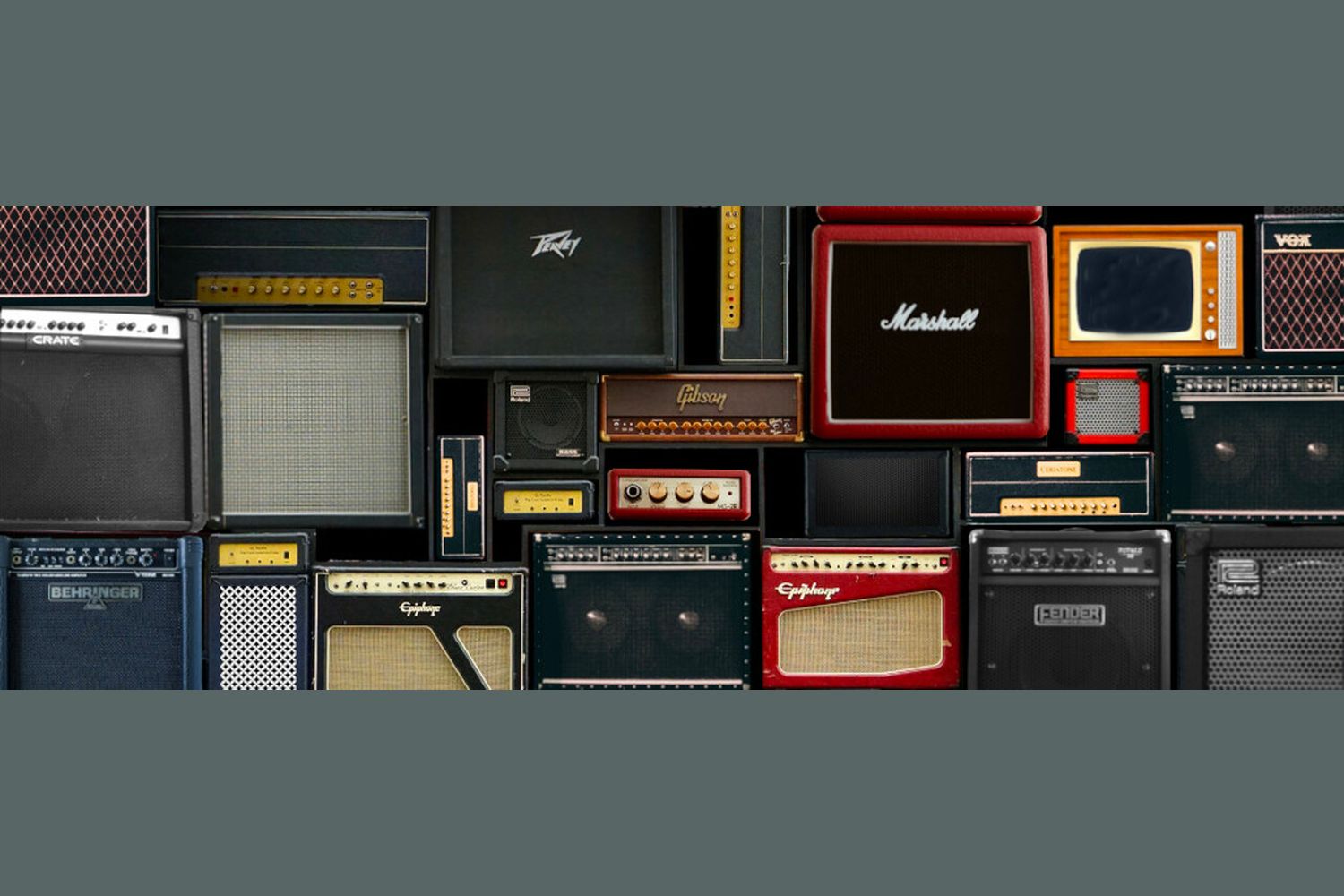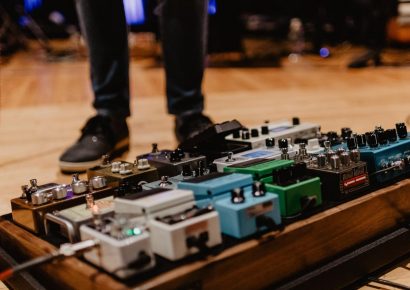Information to help, and questions to ask yourself before buying your new ‘dream’ rig
So you’re standing in a guitar store, with a lump of cash to spend on a new amplifier. In front of you stands a wall of amps with brands you know and love – and quite a few you don’t. There’s the mainstays of Fender and Marshall, some of the less-well used like Orange, or Mesa – and there’s even a bunch you don’t even recognise – what in the hell is a Milkman?
Well luckily for you, dear reader, we are here to help you make your decision. So here are a few bits of info – and a few questions to ponder – when buying that new rig.
Read all the latest features, columns and more here.
British vs American
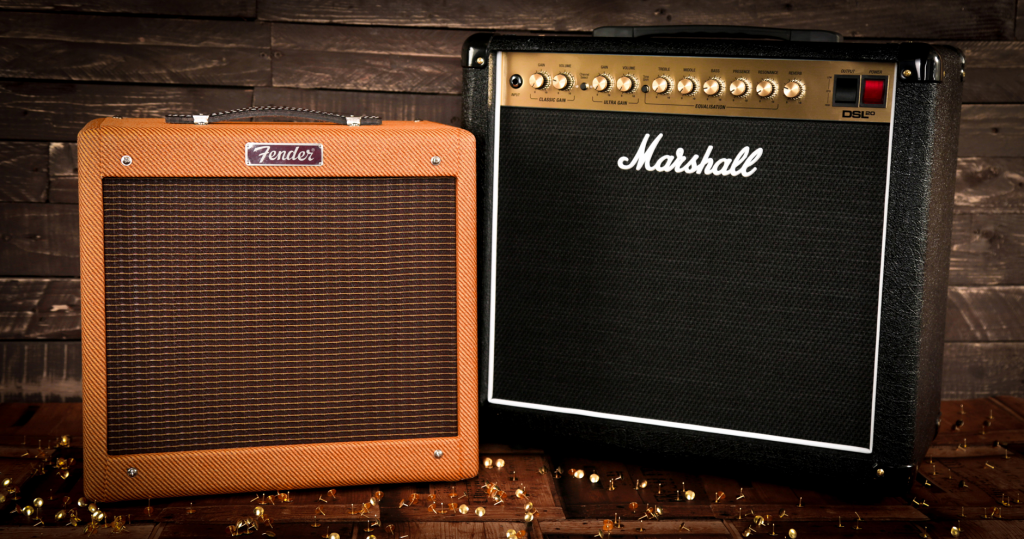
It’s not a secret that there are two different sounds on both sides of the Atlantic. The British side tends to have a much more mid-driven, gruff voice. More compression, way less headroom and overall a bit tighter sound. On the other side, we hear a lot of headroom, not a lot of breakup, and volume for days – until you hit the wall that is.
Overall, the British sound is that ‘dime it and go rock’ sound you’re probably used to if you’re a fan of the likes of Zeppelin, Hendrix, Slash, ACDC etc. It just makes you want to throw your horns up. The American sound, not so much – far more chime, a lot of country and pop rock – think Brian Setzer, Mike Bloomfield, Greg Koch.
What’s your style?
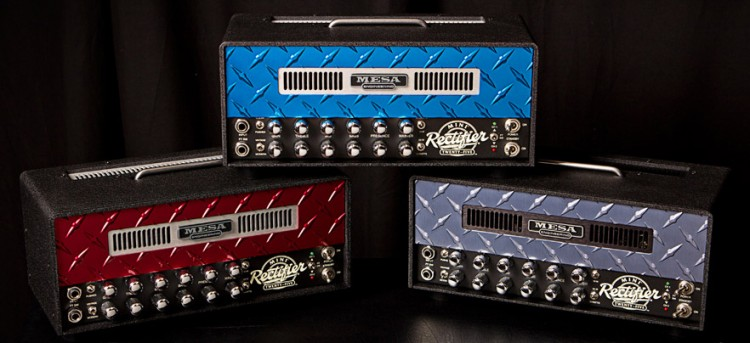
(Image: MESA/Boogie)
But that’s not really the whole story. There are a plethora of other amplifiers on the market. And, there are specific amps which are ‘designed’ (or more accurately, associated) with particular styles of music. Playing country? Yeah that’s probably a Fender Deluxe. How about AOR? Might be looking into a Matchless. Heavy rock? Splawn has your back. Metal? MESA/Boogie. German Kraut-Rock Experimental shoegaze? ENGL.
There are even more boutique hand-built guys around – MI Audio in Sydney, or Sherlock in Melbourne, or even some of the little guys coming out of Europe like Mezzabarba. Or you can even build your own with DIY kits these days. It really depends on what you need – which really depends on what style you play.
Transistor vs Valve
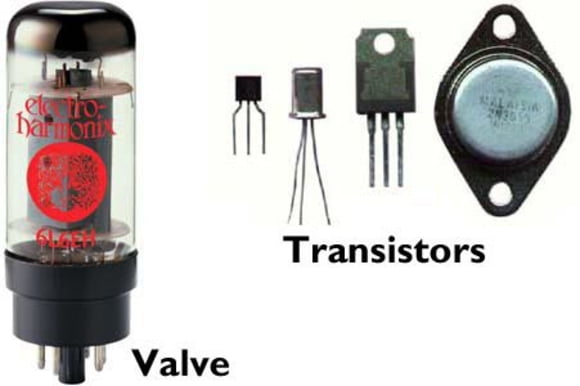
(Image: Thomann)
Valve technology is an older technology, dating from the early 1900s, and solid-state amps are much more recent.
In almost every way, the transistor amp is the better amp. It does a better job, is more efficient, sounds basically identical through the volume range, and is lighter and easier to transport to boot. So then you’re probably wondering why you rarely hear about new solid-state amps.
It’s because valve amps just sound better. Well, mostly. Assuming you’re playing at a volume where you can push the valves so they are actually doing their thing, they just have this thing about them that makes them sound very unique. That being said however, modelling technology has come so far these days that it’s easy to dial in a sound that is 99 per cent of the way there, and honestly in a mix the difference is not discernible.
Wattage
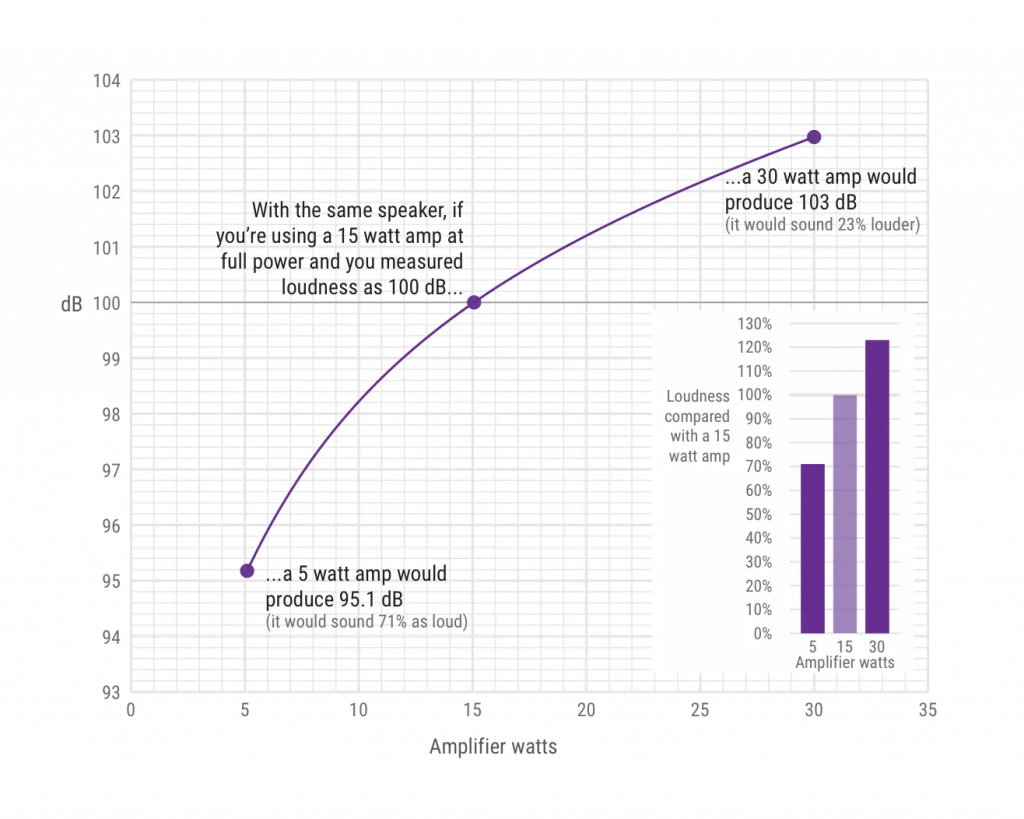
Don’t fall into the trap of thinking that ‘more watts equals more better’. In fact, some of the best sounds from rock history were created on lower wattage amplifiers to get unique sounds – and so the guitarists could drive the bajeebers out of them.
Also, remember the ratio of wattage to volume is a logarithmic growth curve – essentially the more volume you want, the more the wattage has to go up exponentially in relation to the volume. So, a 50-watt amp is not half the volume of a 100-watt amp. Sure, you get more headroom – the point when the signal starts to distort and ‘break up’ – with a larger wattage, but ask yourself – are you ever really going to use it? Especially if you’re mic’d in a live setting!
The pedal platform
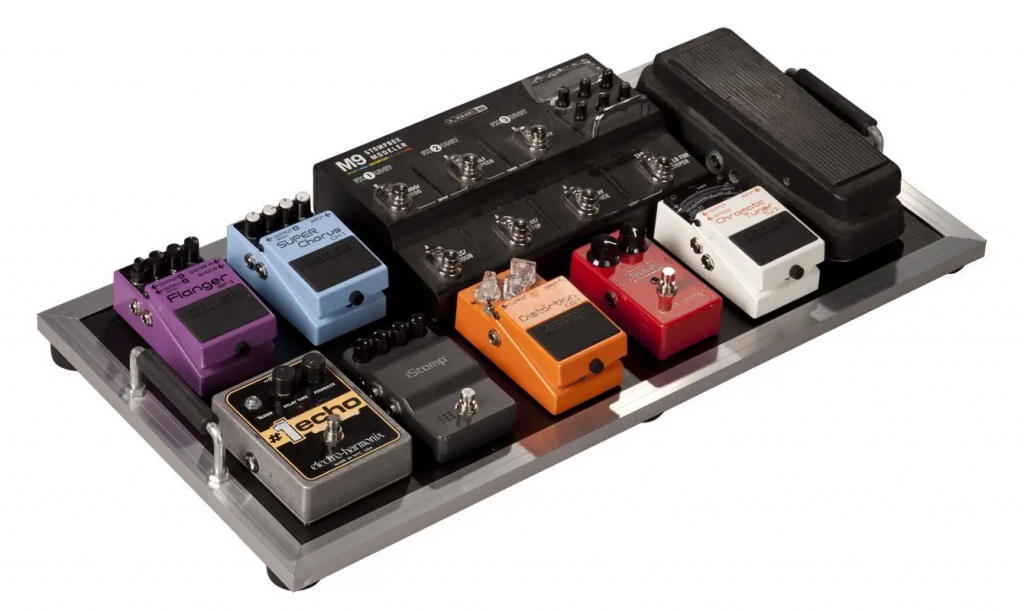
This is a very important, key factor in deciding which amp to buy. And that is, which amp sounds the best for your pedals. It’s one thing to have an amp that’s got an amazing overdrive for that nu-metal band you’re currently playing in, but what happens when you suddenly decide you want to play jazz? Are you going to sell that $4,500 amp you just bought a year ago and go out and buy something else?
A deciding factor should be if they’re a great platform for pedals. A great clean amp that will take a wonderful overdrive in front – or a fantastic gain stage that will be versatile enough to play TOTO and MONO. A distortion pedal is a lot cheaper to buy than a new amp – and there are so many out there you’ll easily find something that will suit your style and genre.
What’s my use?
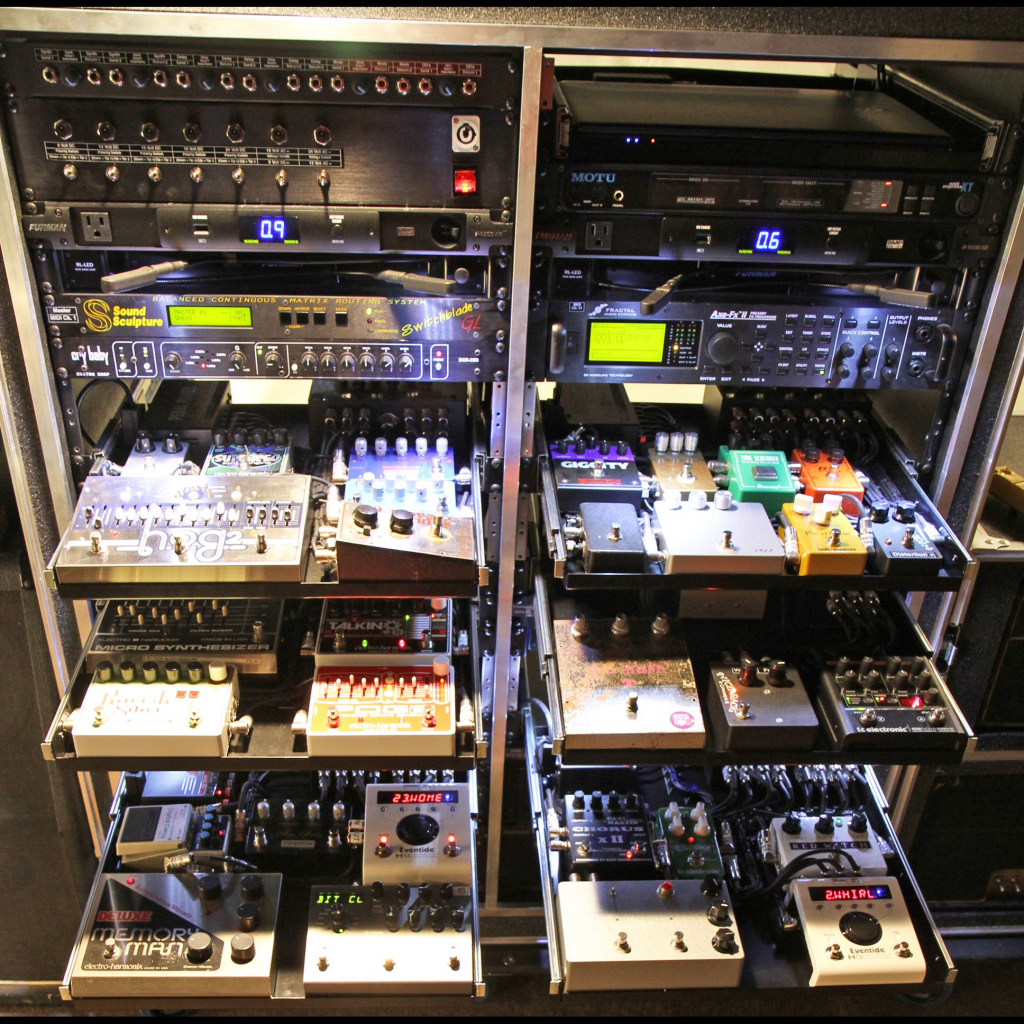
So here’s where it starts to get a little personal. All of us guitarists love the idea of having a full stack with a rack unit of effects, 20 guitars, and a controller board. Until we have to move it to that gig to play a 30 minute opening set.
This is one of the reasons modelling boards like Kempers and Helix units are hugely popular. At the turn of a dial you can have just about any amp you want, and in the case of the Kemper – you can even model your own amps (or download models that other people have created for you). And at the end of the night you pack your guitars up, and pack your board into a case, and walk out. No muss, no fuss.
Likewise, wattage has a large play here. If you’re playing at home, or in a small band scenario – that 22-watt Fender Deluxe will be plenty loud to keep up with an overzealous drummer. 50 watts at three or four out of 10 is still ear-bleedingly loud. And a 100-watt all-tube monster is basically never going to be run at its optimal volume – at least not without an attenuator.
So to summarise, the amp that you have your heart set on might not actually be the amp you need. Just because your favourite guitarist plays a particular amp doesn’t mean that’s the one for you.
We would encourage you to spend an afternoon or several in a few stores, playing everything and trying a bunch of combos. Hell, even try some modellers and you might even be surprised at the end result – you might just end up getting that sound you want, out of something you didn’t even look twice at before.
Check out Premier Guitar’s best-of amps in their rig rundowns.
